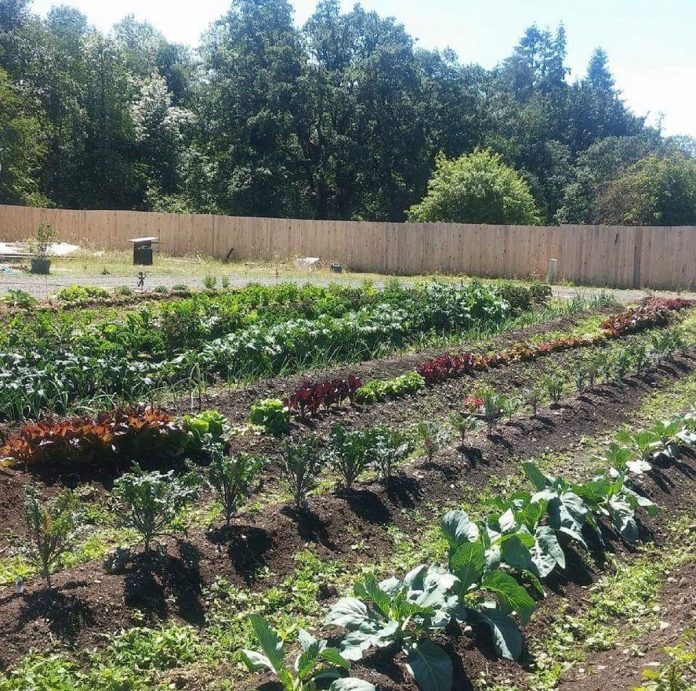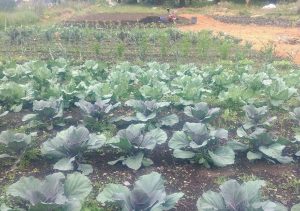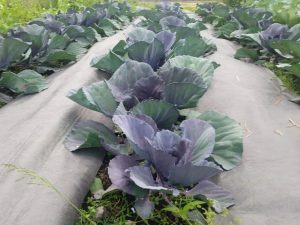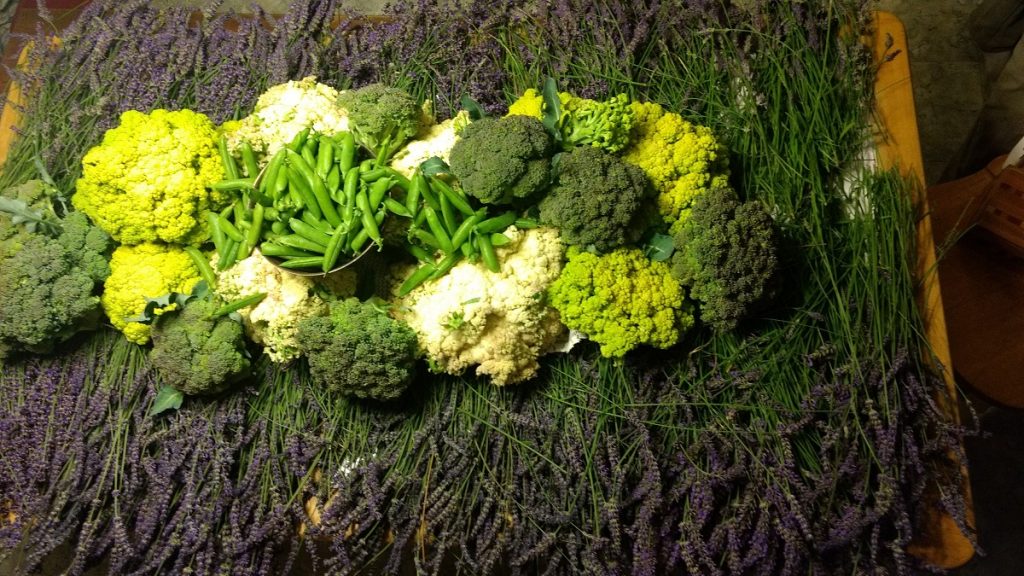
During the COVID-19 outbreak, victory gardens are making a comeback and providing Pacific Northwest families with a self-sustaining means of producing food. World War I and II are two historic periods that made victory gardens popular and we are seeing their relevance again.
 A Brief History of Victory Gardens
A Brief History of Victory Gardens
A food crisis broke out during World War I and later during World War II where the burden of many starving people fell to the United States.
The government rationed foods like cheese, eggs, coffee, meat and canned goods. Transportation was also limited and supermarkets found themselves less stocked with essential goods than normal.
In March 1917, Charles Lathrop organized the National War Garden Commission to encourage Americans to utilize all idle land to produce fruits, vegetables and food.

Nearly 20 million people planted victory gardens in all available spaces including backyards, empty lots and rooftops producing an estimated ten million tons of produce.
These gardens were promoted in various print propaganda publications and instructions were given on how to grow food, harvest the produce and preserve it for long term storage.
“The government asked everyone with a plot of land to create a victory garden to provide food for their families because the food the farmers were producing was going to the troops,” recalls Lucy Reuter, a longtime Washingtonian and wife of Colonel Robert Matchett Reuter. “We had a large garden in our back yard and we also furnished the neighborhood with food because not everyone had space for a garden. The country was pulling together back then like it is now with this virus.”
Victory Gardens Today

Tenino resident and Pacific Northwest native, Madrona DeLong holds a degree in sustainable agriculture from The Evergreen State College. She understands the importance of victory gardens for food accessibility during uncertain times.
Gardening her whole life, her current victory garden has been growing since 2010. Over the years, she’s worked to educate the community on how to be self-sustainable.
“For me, it started as an inspiration on how to move away from big agriculture and help communities learn,” says DeLong. “By taking advantage of lot spaces to grow food, it raises community awareness and creates healthier communities.”
During the current COVID-19 crisis, creating victory gardens is important as we recognize the many people in our communities affected. From health concerns, unemployment and being at home for social isolation, the ability to grow food and in quantities for sharing the abundance, will help us all while connecting the communities we are a part of.
“When working together with your families, roommates or communities to grow food, you’re not only building sustainability for your food source, you’re also creating the existence of community, compassion and understanding for one another,” says DeLong. “You’re finding the similarities instead of focusing on the differences.”

Growing food is something almost anyone can do, even on a small patio with pots for those who lack outdoor space. “When we put our hands in the dirt, we are all the same,” says DeLong. “It doesn’t matter our race, political, economic or religious differences. We are all doing the same thing; tending the earth and growing food that feeds our bodies and the people we love.”
DeLong is an expert in soil conditions all over the country and in some parts of the world. She and some of her friends created a Facebook community page called “The Backyard Homesteader” as a resource for people to utilize and learn about self-sustainability and helpful gardening practices.
We are seeing a surge in communities creating victory gardens, but it shouldn’t take a crisis to instill the value of self-sustainability. Many hope this will be the eye-opening moment needed to understand the usefulness of having victory gardens and coming together as a community, even when there is no pandemic.



















































